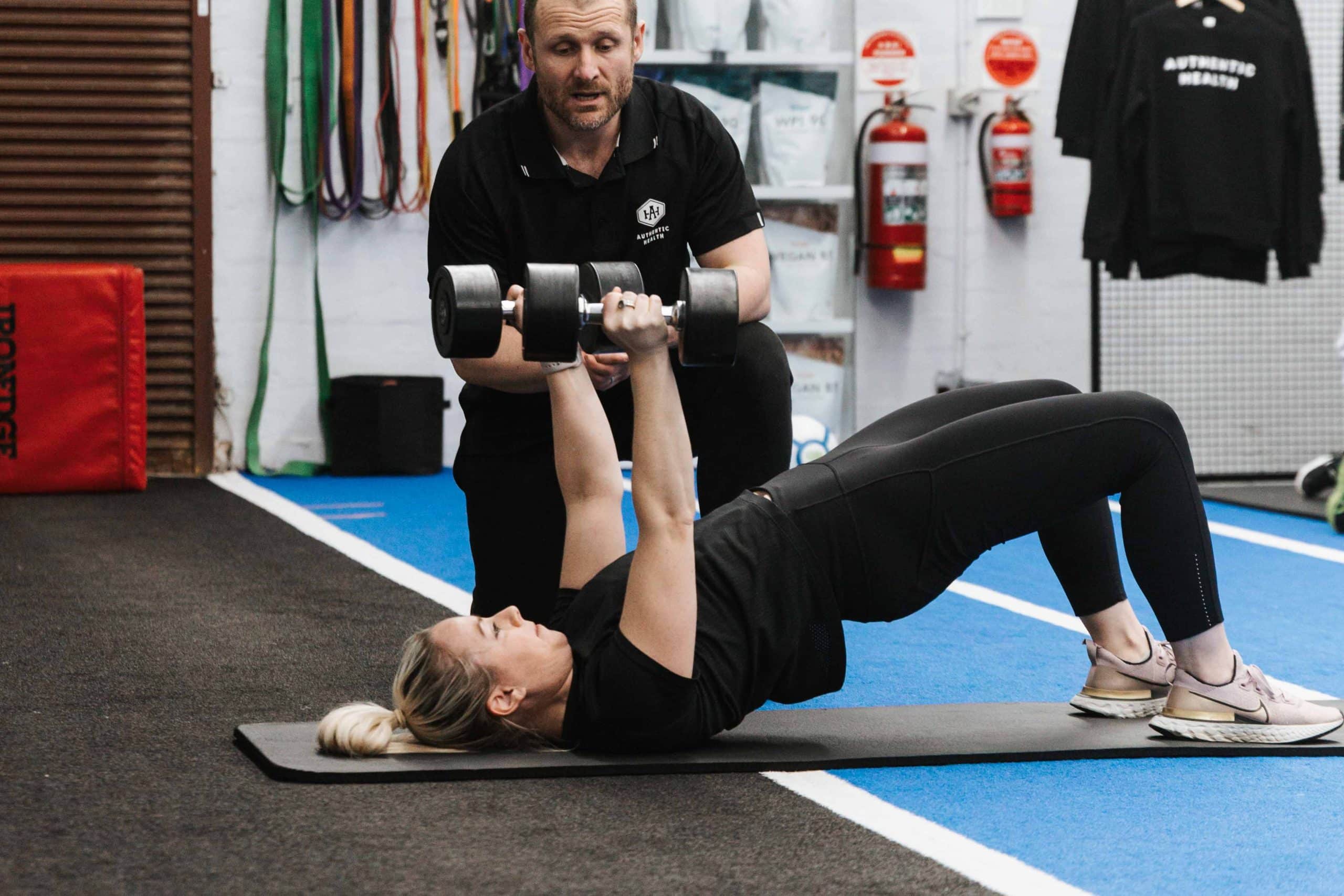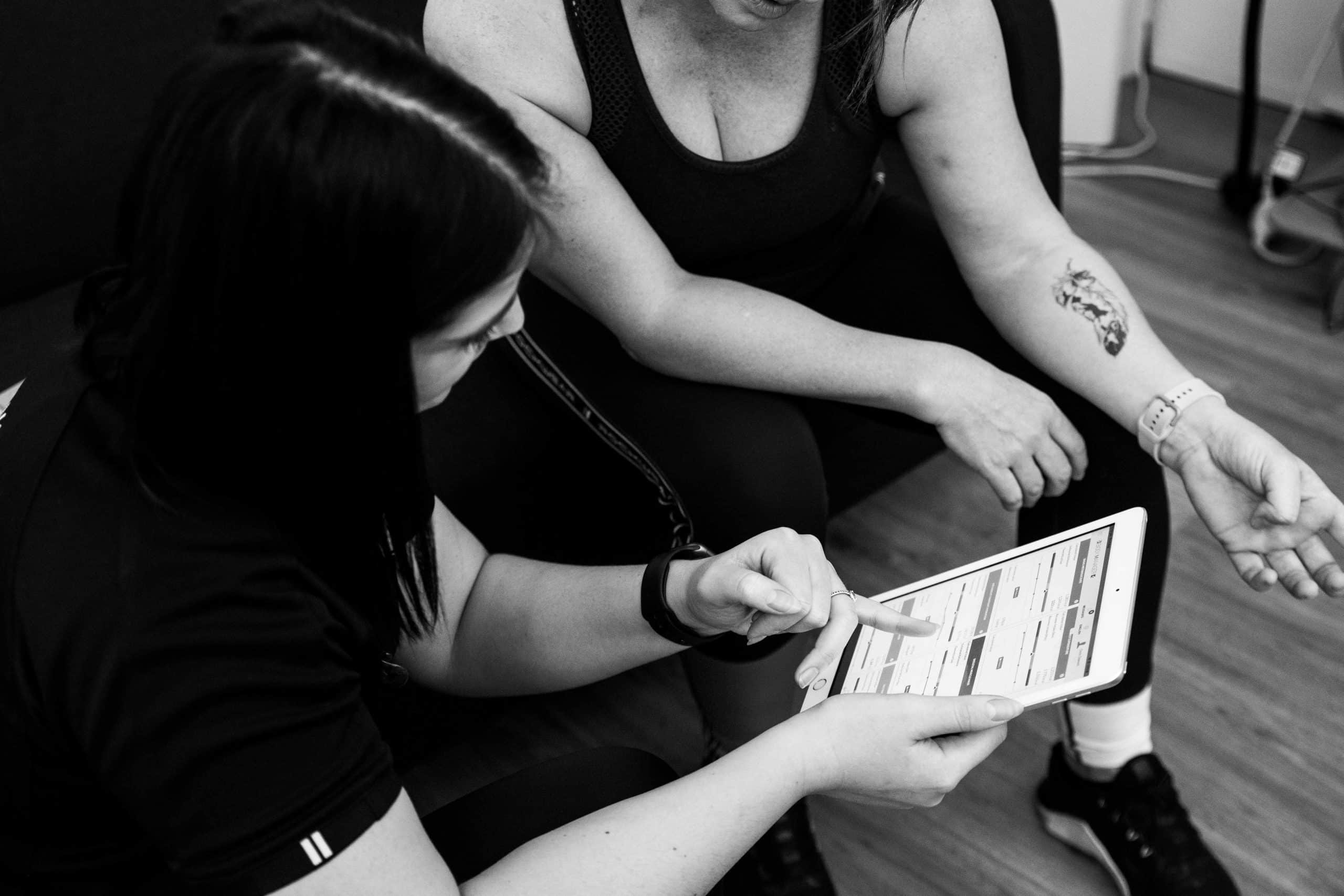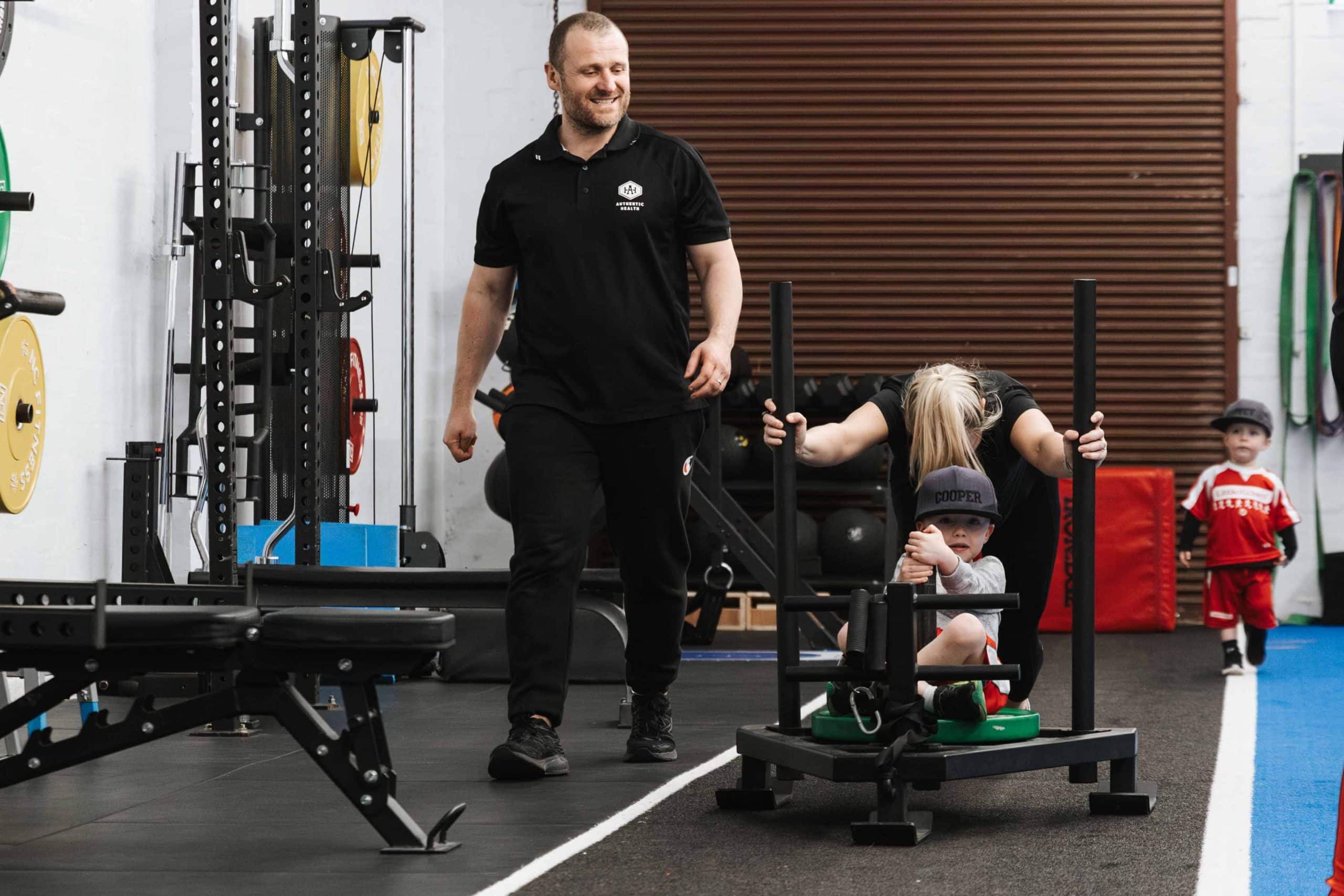As we age, our metabolism tends to slow down, making it increasingly challenging to shed those extra kilos, yet surprisingly this is not something you will likely be experiencing in your 30’s or 40’s. For individuals 30 years and older, breaking through a fat loss plateau can feel like an uphill battle however, it’s often not a damaged metabolism causing the weight gain or plateau in weight loss.
With the right strategies and mindset, achieving your weight loss goals is entirely possible. In this blog, we’ll explore effective techniques tailored specifically for those in their mid-thirties and beyond.
Understanding Metabolism
Metabolism is a chemical process within the body responsible for converting what you consume (food and drink) into energy. This energy is then utilised for important tasks known as basal metabolic rate (BMR) such as breathing, brain function, digestion and repairing cells, amongst other essential human functions. Making sure you are getting enough energy in for these essential functions is important in order to keep you thriving but, as you well know. humans do more than sit still every day and therfore require more energy than just for these functions.
Total Energy Expenditure is made up of your BMR plus your resting metabolic rate (RMR) which is energy utilised from everyday incidental movement such as cleaning your house, walking around work, even fidgeting. You can think of resting metabolic rate and basla metabolic rate as siblings who account for energy expenditure outside of exercise. Factors that influence our metabolic rate are our age, gender, body mass (in particular how much of your body is fat versus muscle), activity level, and our wellbeing i.e illness lowers energy production and expenditure.
When we have more mass to move (for example are overweight) we require more muscle tissue to move our mass and thefore have a higher basal metabolic rate. The issue is fat cells are metabolically inefficent and burn less energy than their counterparts – muscle. Along with this body fat is highly inflammatory and can lead to insulin and leptin resistence where glucose is stored in the blood encouraging the body to store energy and the brains inability to regulate appetite often causing an increase in calorie consumption.

How Do You Break a Fat Loss Plateau?
A fat loss plateau occur when your bodies current energy expenditure and energy consumption (essentially calories in vs calories out) reach equalibrium, making it difficult to continue losing weight. This phenomenon is particularly common among individuals over 35 but don’t be alarmed, its often not due to age and can be overcome with the right training, nutrition, and lifestyle adjustments. Below are some strategies to break through plateaus:
Re-evaluate Diet Quality: Often, we don’t understand the impact of our dietary habits on weight loss. As we age, our nutritional needs change, and it’s crucial to adjust our diet accordingly. Firstly, focus on consuming whole, nutrient-dense foods such as fruits, vegetables, and increase your lean protein consumption. Consider reducing your intake of processed foods, sugary snacks, and refined carbohydrates, which can contribute to weight gain and hinder progress.
Re-evaluate Diet Quantity: We often don’t understand the impact of the quality of the foods we consume, with numerous studies showing people often underestimate consumption by up to 50% of total caloric consumption. This is largely believed to be due to things such as snacks and high caloric drinks like soft drink, and alcohol.
Incorporate Strength Training & Monitor Training Volume: Resistance training is especially beneficial for individuals over 35 as it helps preserve lean muscle mass and revs up your metabolism. Include strength training exercises at least two to three times per week, targeting major muscle groups. If you have been strength training and hit a plateau be sure to monitor total training volume which is reps, sets, and total weight multiplied. This will get you back to stimulating muscle growth, and get your body once again burning more calories, making it easier to break through plateaus and maintain weight loss.
Periodise Your Strength Workouts: Your body adapts to your strength workout routines over time, leading to diminished results. Overcome this by periodising your workouts. You can do this by changing the exercises chosen along with incorporating different strength training methods such as supersets, giant sets, drop sets, and density sets. Along with this incorporating High-Intensity Interval Training (HIIT) into your workout routine not only prevents boredom but also challenges your body in new ways, promoting continued fat loss.
Prioritise Sleep and Stress Management: Quality sleep and stress management are often overlooked factors in weight loss plateaus. Lack of sleep disrupts hormonal balance, leading to increased hunger and cravings, while sleep is also an anabolic process that increases caloric expenditure and recovery of cells. Chronic stress can trigger the release of cortisol, a hormone that promotes fat storage, so be sure to aim for 7-9 hours of uninterrupted sleep each night and practice stress-relieving techniques such as meditation, deep breathing, or yoga to support your weight loss efforts.
Move More: Breaking through fat loss plateaus requires consistency, patience, and often sacrifice. In a world where we feel like there is not enough time in the day many people need to find a way to increase their movement by walking, riding, hiking, swimming any form of aerobic exercise that increase your Vo2 max and burns more calories as a result.
Be Consistent: Results may not happen overnight, but with dedication and perseverance, you’ll gradually see progress. Keep track of your food intake, exercise routine, and measurements to monitor your journey and make necessary adjustments along the way.
While breaking through fat loss plateaus can be challenging, let it be known it’s not impossible, especially for individuals 35 years and older. Constantly reassessing your diet, your strength training, trying new training methods, prioritising sleep and stress management, moving more, and maintaining consistency, you can overcome plateaus and achieve your weight loss goals. Remember, it’s not just about reaching a number on the scale but also about improving your overall health and well-being. Embrace the journey, stay focused, and celebrate every small victory along the way. You’ve got this




